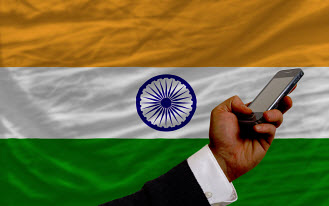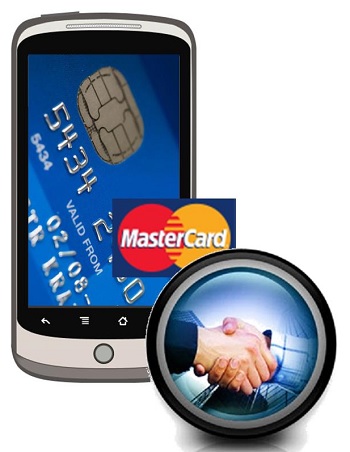Retail environment of India is beginning to evolve
India’s retail climate is beginning to change. In the past, a common saying among consumers has been “can’t touch, won’t buy,” but the advent of mobile technology is beginning to change the way people feel about purchasing products. As Internet access becomes more common throughout the country, many Indian consumers are beginning to turn to e-commerce for everything they need. As more people get their hands of smartphones and tablets, they are beginning to purchase products using these devices, hence a growing focus in the retail sector on mobile commerce.
E-commerce is experiencing strong growth as consumers become more mobile
India’s e-commerce business grew by 80% in 2013, according to Flipkart, one of the country’s leading e-commerce firms. The company notes that this is the most significant growth e-ecommerce has seen in the country in the past several years. The momentum behind e-commerce is expected to remain strong for the foreseeable future. Notably, many consumers are beginning to purchase products from online retailers with their mobile devices rather than with home computers.
Retailers are focusing more heavily on mobile commerce
Flipkart suggests that consumer mentality is beginning to shift at a rapid pace. People are beginning to feel that mobile commerce represents a more convenient form of shopping. Consumers are not making the move toward mobile shopping on their own of course, as retailers are also beginning to focus more heavily on the mobile crowd. India’s e-commerce market is currently valued at approximately $13 billion and retailers are beginning to see a great deal of potential in the mobile space when it comes to the future of e-commerce.
E-commerce market expected to hit $70 billion by 2020
The e-commerce market in India is expected to reach $70 billion by 2020 as more retailers begin focusing on mobile commerce. Consumers are quickly becoming convinced that mobile payments will have a major role to play in the future of their shopping. It may be some time before mobile becomes the most favored shopping platform in India, however, as many people are likely to remain supportive of traditional, physical stores.

 MasterCard and Weve have now come together in a partnership that is designed to help the
MasterCard and Weve have now come together in a partnership that is designed to help the 